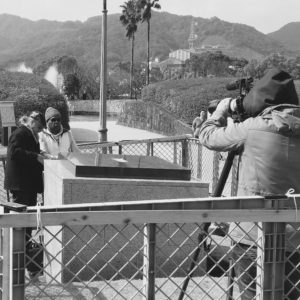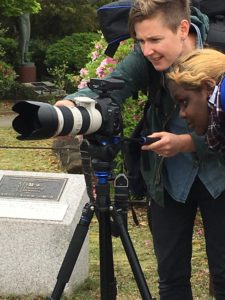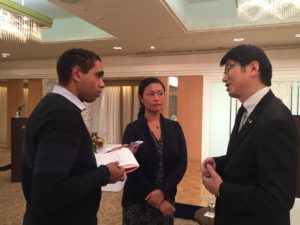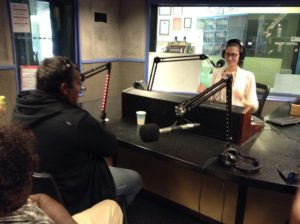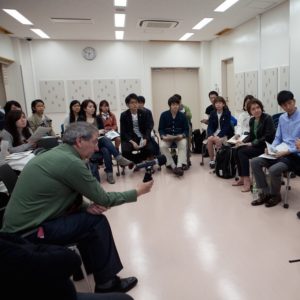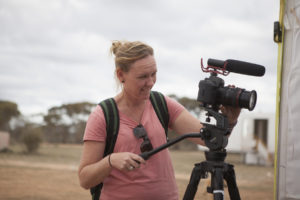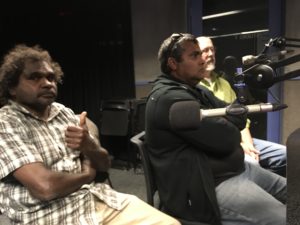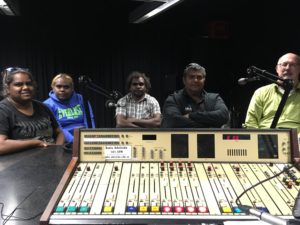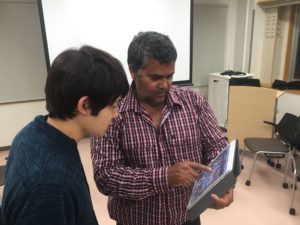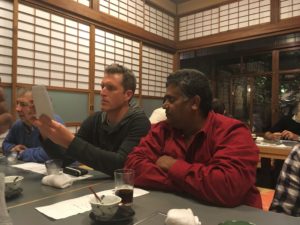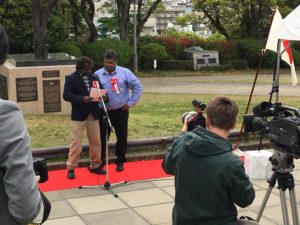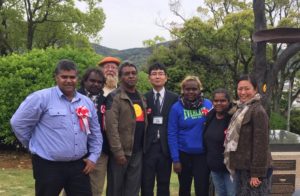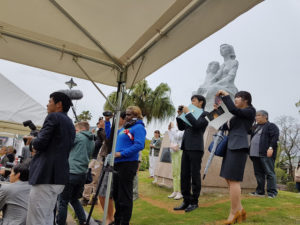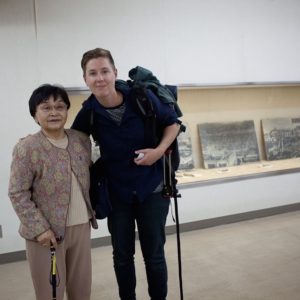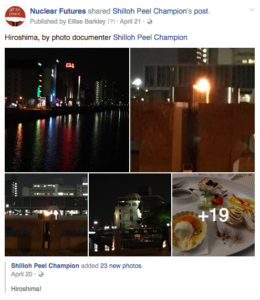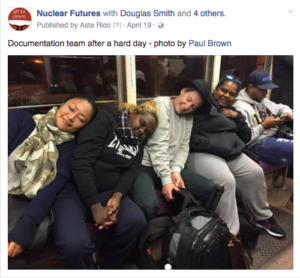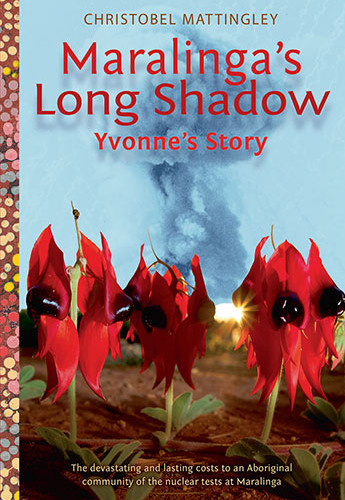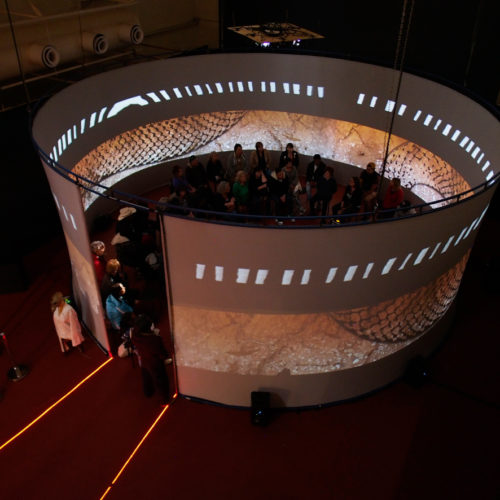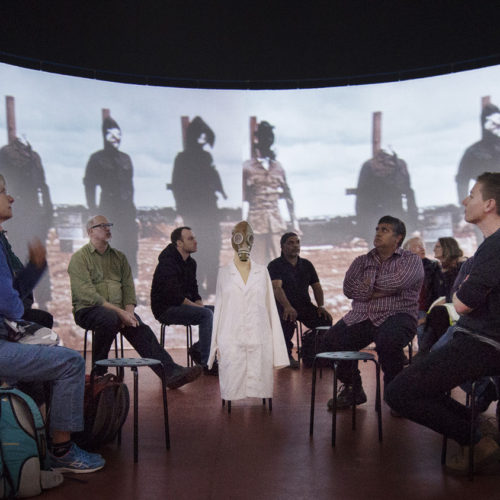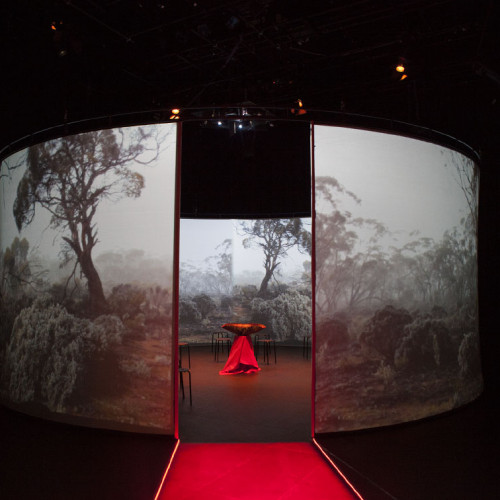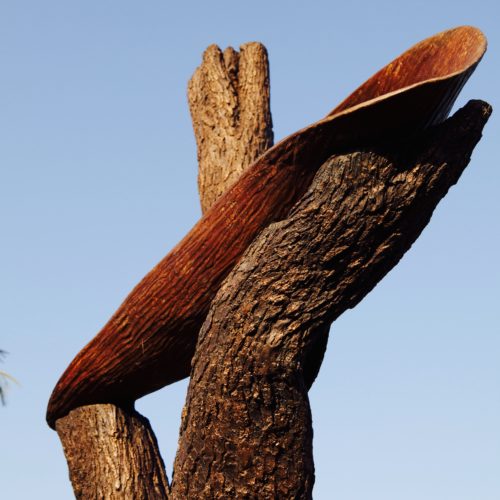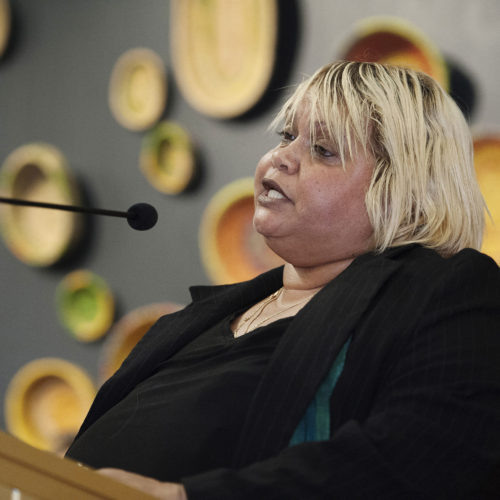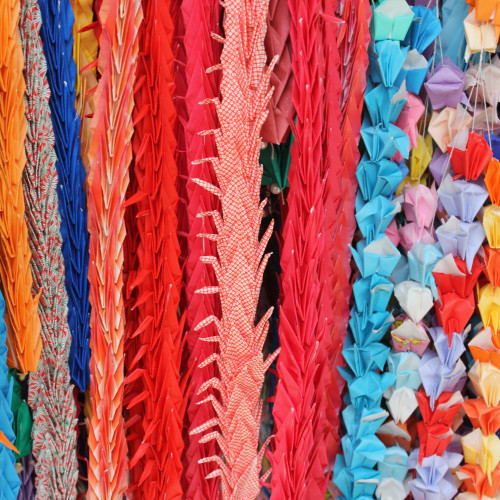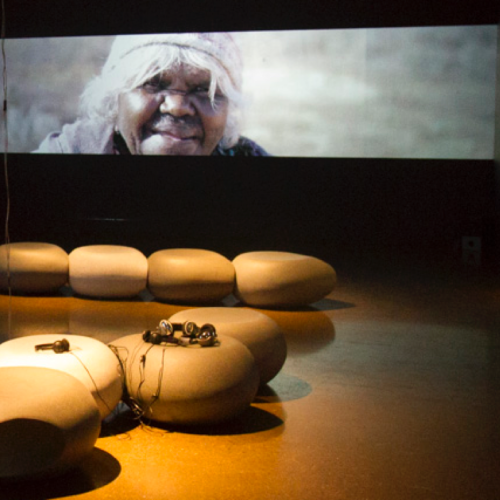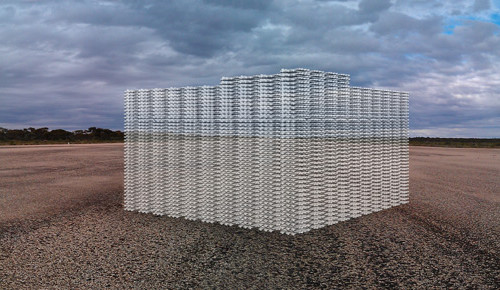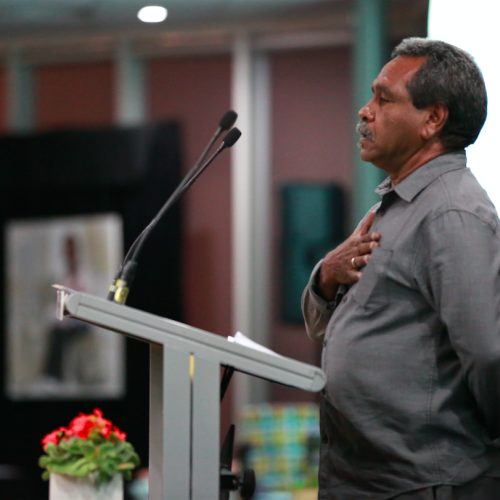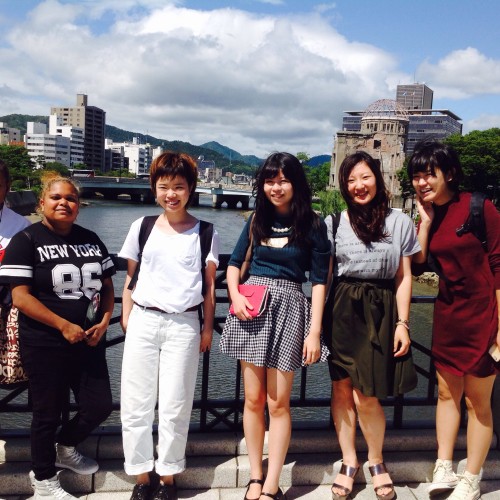-
Maralinga's Long Shadow: Yvonne's story wins NSW Premier's Award
- 8 years ago
- The annual NSW Premier's Awards for History, presented in Sydney on Friday 1 September 2017, saw one of our partnership projects honoured, when "Maralinga's Long Shadow: Yvonne's Story" took out the Young People's Hi[...]
Documenting the Nagasaki sculpture gift
Watch our short film about the Tree of Life: Gift of Peace sculpture gift project, from Australia to Nagasaki Peace Park, and read below about the creative documentation process undertaken by Yalata representatives and Alphaville.
Capturing the unfolding community arts and cultural development
(Photo album included at the bottom of this post)
In 2016, Alphaville, Yalata Anangu Community, Mayors for Peace and City of Nagasaki installed a sculpture ‘Tree of Life: Gift of Peace’ at Nagasaki Peace Park. The project successfully combined community development – especially for Yalata in far west SA where the sculpture originated – with cultural exchange between atomic survivor communities in Australia and Japan.
The project’s documentation, covered by an Australia Council for the Arts grant, has been extensive and multifaceted – video and audio recordings and interviews made by an emerging group of artists in Yalata mentored by established new media artists; journalism and radio production by Anangu participants and members of Mayors for Peace; and assembly of video material for the 10-minute webisode included above, and (in future) a longer documentary film.
The Nagasaki sculpture gift project has been carefully documented, via web material, films, books and journalism. The participating documentation team successfully took on the
assignment of covering the production and installation of the sculpture in Nagasaki. This work was supported by digital and film artists, advisers, a translator, website developer, program manager and producer.
The documentation project built on an existing relationship between visiting artists and a remote Aboriginal community. It provided an opportunity for community members who have interest in audio-visual arts to move beyond the ‘point and shoot’ recording of local events, to explore techniques of storytelling and story distribution. In the workshop and design stages, this included segments within three webisodes ‘Yalata Today’ made with the community during its 2015 festival, screened via Yalata’s Youtube Channel.
As production and the ceremonial gifting unfolded, documentation was gathered from the project team, from coverage by visiting artists, and from community members. Digital artist Jessie Boylan and filmmaker Danni Marwick mentored Shilloh Peel and Alinta Smart, both emerging artists from Yalata, and trainee journalist Doug Smith from Ceduna. They travelled with the Australian delegation to Japan.
On cameras and iPads they recorded interviews and meetings with Japanese survivors and also the ceremony. They made interviews with artists John Turpie and Steve Harrison, with delegates Jeremy LeBois and Russell Bryant. Doug Smith also interviewed the Mayor of Nagasakai and members of the Atomic Bomb Survivor Council. The documentation team also worked closely with Mariko Ishii, a facilitator, translator and youth leader from Hiroshima. She had joined the sculpture project on the back of previous international youth leadership workshops. Prior to this, Yalata youth leaders Lorraine Garay and Andrea Windlass took part in an earlier exchange workshop held in Hiroshima, and also travelled to Nagasaki. This led to interviews and other documentation.
In addition to documentation by our team, significant press coverage came from both Australian and Japanesemedia (TV, radio, print, online). Specific outcomes include a range of social media posts, a 10 minute websiode, and an assembly of footage for a longer documentary film. All these outputs included ideas and footage from the community based documentation team.
The documentation has helped to get the stories of Australia’s atomic legacies shared with wider audiences. For example, the store of material/footage captured has fed into media articles and stories run by partners and media, and the webisode gained good distribution on and around Nagasaki Day this year (9 August), via media platforms Huffington Post, Buzzfeed and atomic survivor community networks. Delegation participant Doug Smith had an article published by the Adelaide advertiser, and material he gathered informed coverage by regional newspapers. Mayors for Peace representative Adrian Glamorgan, also a member of our delegation, produced a radio podcast on the implications of our sculpture project on the eve of Obama’s historic visit to Hiroshima.
The documentation project, and the sculpture project more generally, have seeded strong international linkages through partnerships between the Yalata Community and communities in Hiroshima and Nagasaki. These have the potential to foster new exchange activities over coming years. Creatively documenting the Nagasaki sculpture gift has also helped create an Indigenous Australian presence in Japan, and promotes recognition of Australian atomic survivor communities while expressing the forward-looking initiatives they have pursued. It looks to a peaceful future, while paying respect to Japanese atomic survivor communities and supporting international advocacy for peace.
Following the documentation trip, one of Yalata documentation team participants stated: “I have been thinking about the time in Japan and would like to thank you all for the opportunity and the fun, and also the education lesson I had while being over there… Wow, what a film, still the chimes of the church bell give me shivers and the part in the museum… I think this was a highlight in my life. Amazing experience which is caught on film, thank you, you all did amazing job with everything.”

Part of the Australian delegation and documentation team en route to Nagasaki. Photo by Jessie Boylan
